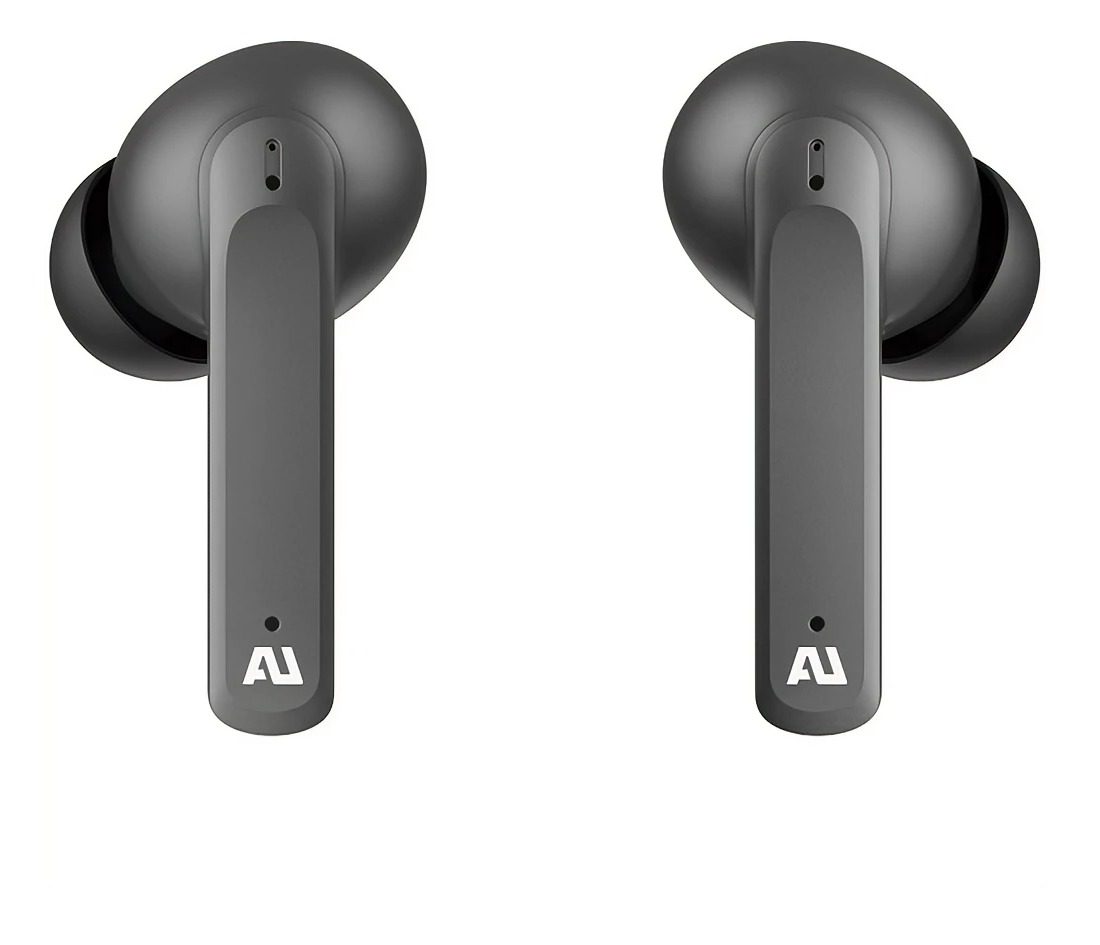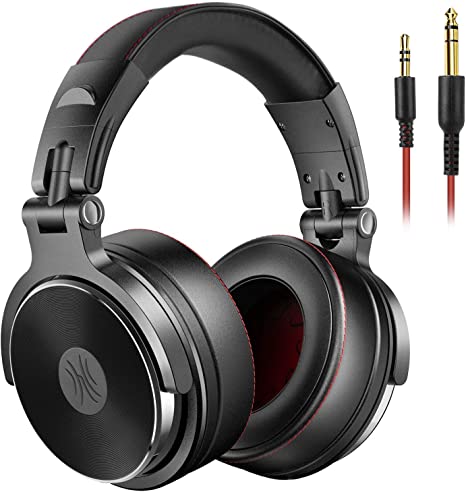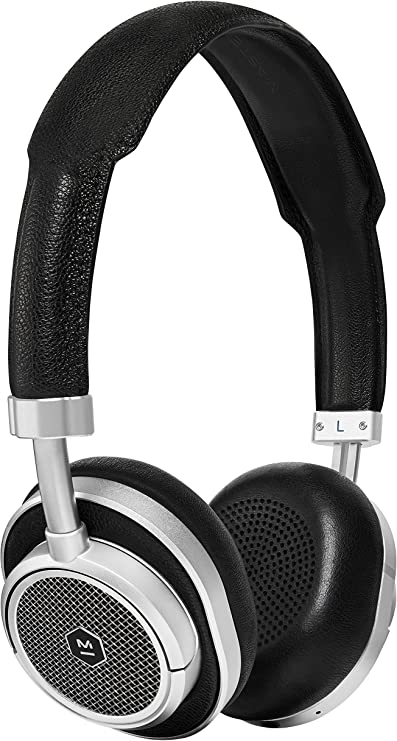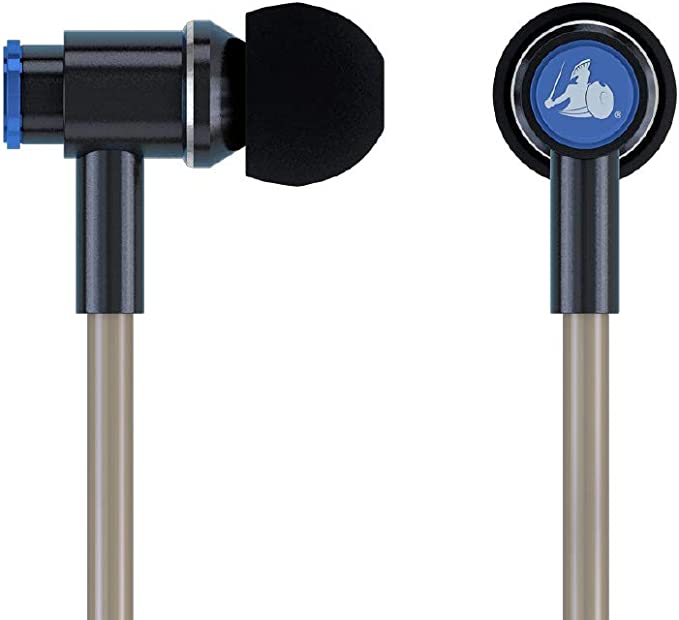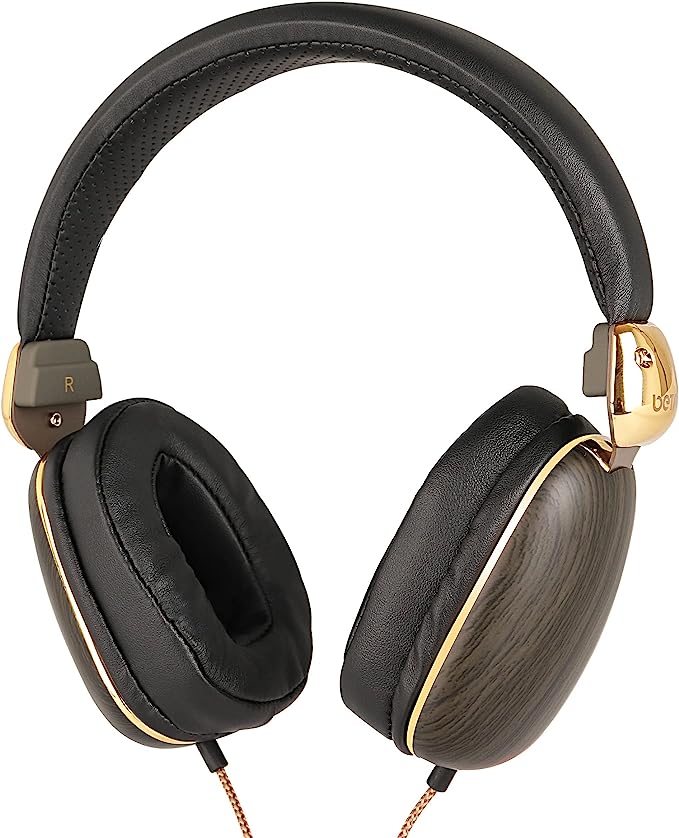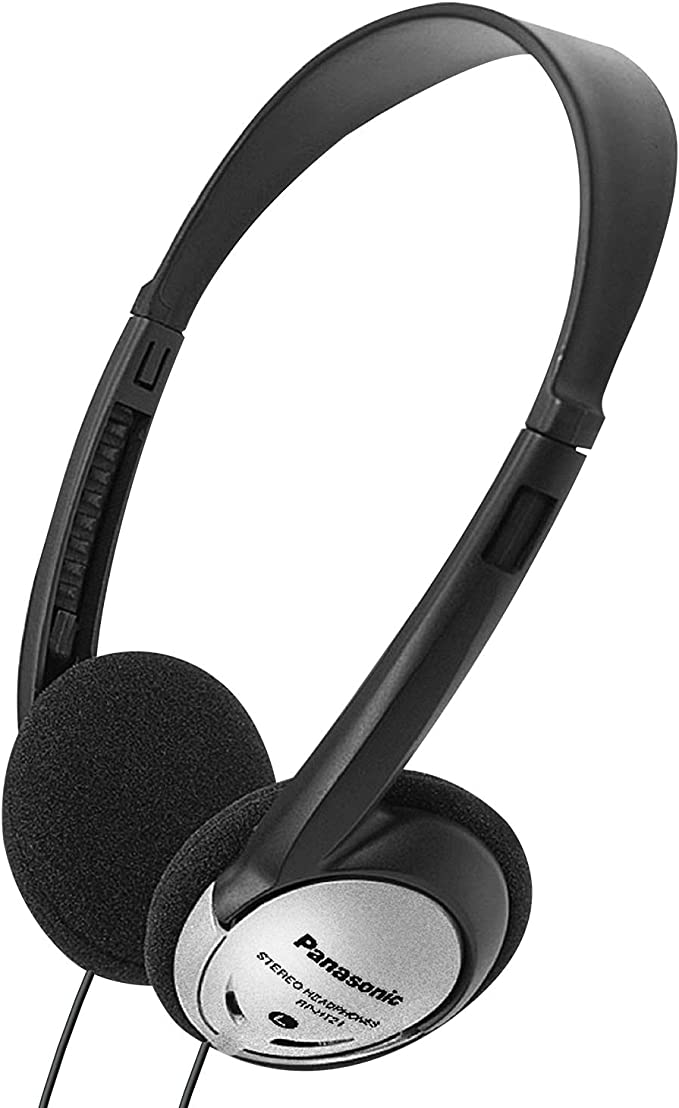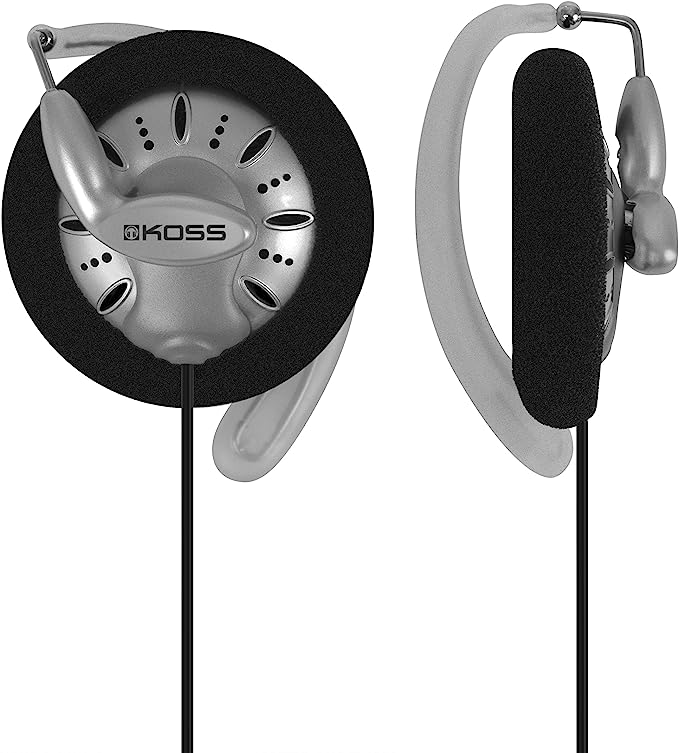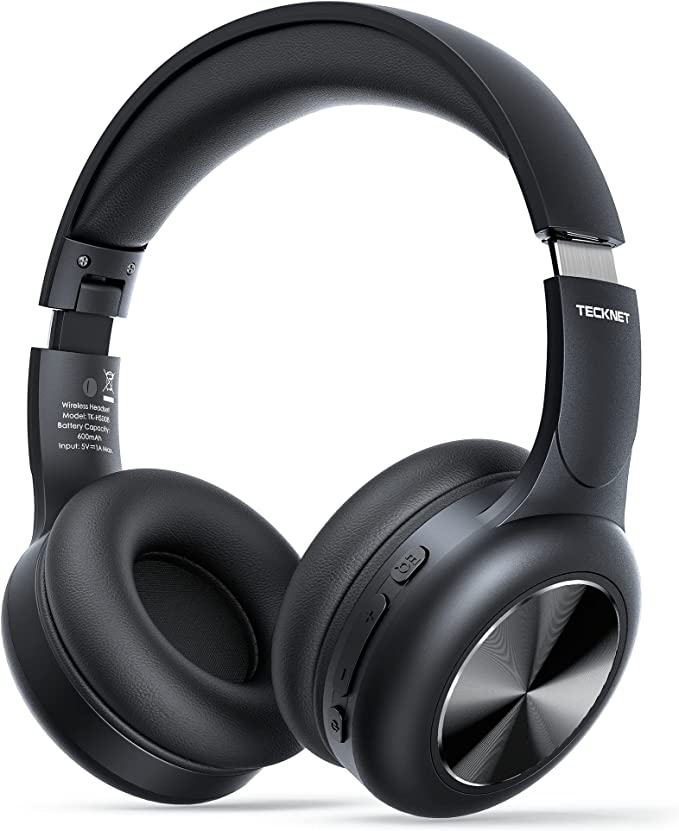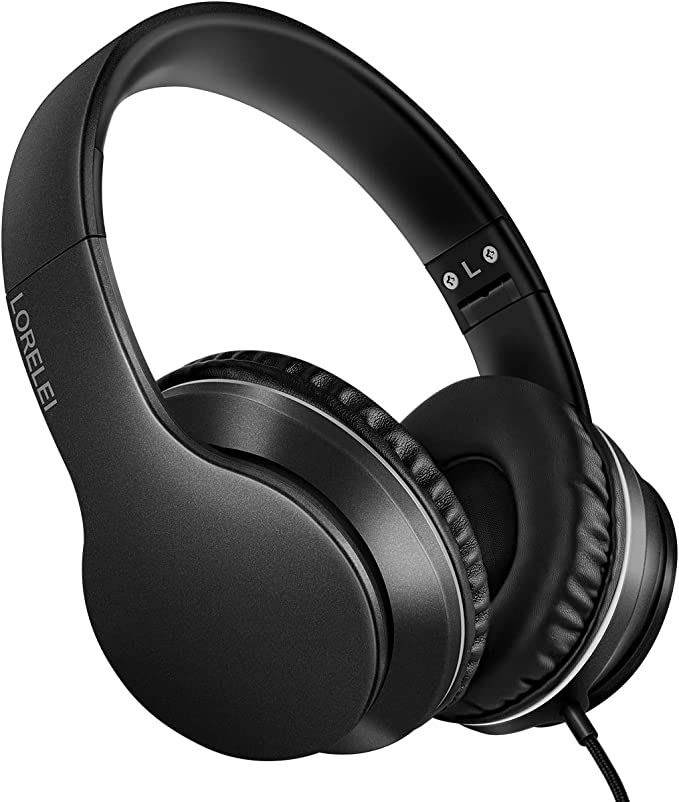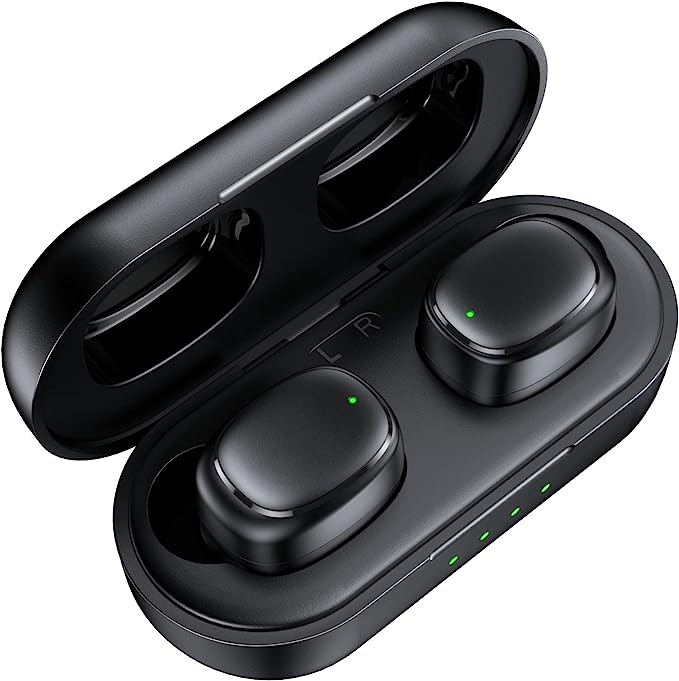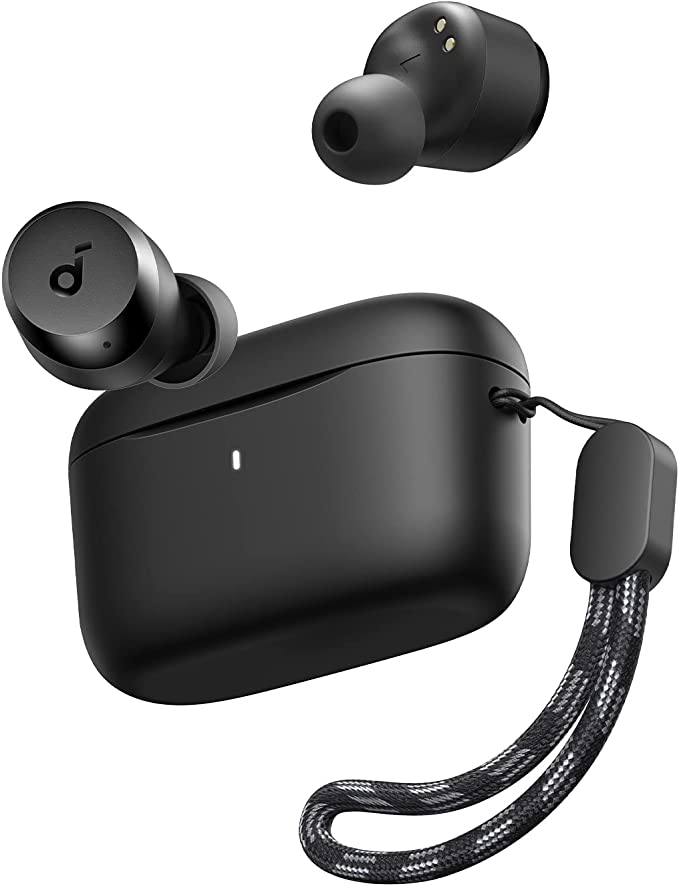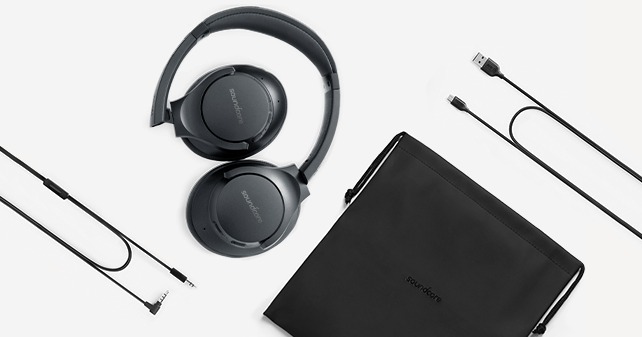Klipsch RC-64 III Center Channel Speaker: Unleash Crystal-Clear Dialogue and Immersive Sound
Update on Feb. 28, 2025, 9:11 a.m.
The center channel speaker. It’s often the unsung hero of a home theater system, yet it’s arguably the most critical component for a truly immersive experience. Think of it as the keystone of an arch, the central element that holds everything together. Without a strong center, the entire structure – in this case, your sonic landscape – can crumble. While your left and right speakers create a wide stereo image, the center channel anchors the dialogue, on-screen action, and much of the musical score directly to the screen, creating a cohesive and believable soundstage.

Beyond the Black Ash: Introducing the Klipsch RC-64 III
The Klipsch RC-64 III, with its classic Black Ash finish, is a statement piece. It’s not just a speaker; it’s a declaration of commitment to high-fidelity sound. But beneath its elegant exterior lies a powerhouse of audio engineering, designed to deliver crystal-clear dialogue and a dynamic, immersive soundstage. This isn’t about simply making sound louder; it’s about recreating the sonic tapestry of a film or concert with breathtaking accuracy.
The Science of Controlled Dispersion: Unpacking the Tractrix Horn
One of the defining features of the RC-64 III is Klipsch’s signature Tractrix Horn technology. But what is a horn, and why is it so important? Imagine shouting through a megaphone. The megaphone’s shape focuses your voice, making it louder and clearer in a specific direction. A speaker horn works on a similar principle, but with far greater precision.
The Tractrix Horn isn’t just any horn; it’s a meticulously engineered waveguide based on a mathematical curve called a tractrix. This specific geometry provides several key advantages. First, it significantly increases the efficiency of the driver. This means that for a given amount of power, the speaker can produce a louder sound. Second, it controls the dispersion of sound waves. Instead of scattering sound in all directions, the Tractrix Horn focuses it towards the listening area, creating a wider “sweet spot” and minimizing unwanted reflections from walls and ceilings. These reflections can muddy the sound and make dialogue difficult to understand. Finally, the controlled dispersion and increased efficiency contribute to lower distortion. The driver doesn’t have to work as hard, resulting in a cleaner, more accurate sound.

Titanium’s Reign: The High-Frequency Prowess of the Compression Driver
At the heart of the Tractrix Horn sits a 1 3/4-inch titanium compression driver. A compression driver is a specialized type of speaker designed to produce high frequencies with exceptional clarity and power. Unlike a typical dome tweeter, a compression driver uses a diaphragm that is coupled to a small, enclosed space (the “compression chamber”) before the sound exits through the horn. This design allows for greater control over the diaphragm’s movement, resulting in lower distortion and higher output.
Why titanium? This metal is prized in audio engineering for its exceptional stiffness-to-weight ratio. It’s incredibly strong and rigid, yet remarkably light. This allows the diaphragm to move very quickly and accurately, responding to the rapid changes in the audio signal without flexing or distorting. This translates to crisp, detailed high frequencies, free from the harshness or muddiness that can plague lesser tweeters. The new phase plug enhances sound even further.
Cerametallic Might: The Foundation of Powerful, Accurate Bass
Handling the lower frequencies are four 6.5-inch Cerametallic woofers. These aren’t your run-of-the-mill paper cones. Cerametallic is a composite material that combines the best qualities of ceramic and aluminum. The ceramic provides exceptional rigidity, preventing the cone from flexing and distorting under pressure. This is crucial for accurate bass reproduction, as cone flex can introduce unwanted coloration and muddiness. The aluminum adds lightness, allowing the cone to respond quickly to changes in the audio signal.
The result is bass that is both powerful and articulate. You’ll not only hear the explosions and rumbling engines in your favorite action movies, but you’ll also feel them. And importantly, the bass won’t overpower the dialogue or muddy the midrange frequencies. Each woofer also features a heavy-duty, cast aluminum frame.

Orchestrating the Sound: The 2 1/2-Way Crossover Network
Think of the crossover network as the conductor of an orchestra. It directs different frequencies to the appropriate drivers, ensuring that each driver only reproduces the sounds it’s best suited for. The RC-64 III utilizes a sophisticated 2 1/2-way crossover design.
Here’s how it works: The highest frequencies are sent to the titanium compression driver, where the Tractrix Horn can work its magic. The lower frequencies are sent to the four Cerametallic woofers. But here’s where the “2 1/2-way” part comes in. In a typical 2-way system, all the woofers would receive the same signal. In the RC-64 III’s 2 1/2-way design, the outer two woofers are rolled off at a higher frequency than the inner two woofers.
Why is this beneficial? It minimizes horizontal interference. When multiple drivers reproduce the same frequencies, their sound waves can interact with each other, causing peaks and dips in the frequency response. By rolling off the outer woofers, Klipsch reduces this interference, creating a wider, more even soundstage. This means that everyone in the room, regardless of their seating position, will experience clear, balanced sound.
Built to Last, Designed to Impress: The RC-64 III’s Construction
The RC-64 III isn’t just about cutting-edge technology; it’s also about quality construction. The cabinet is made from sturdy wood, which helps to minimize unwanted vibrations and resonances. These vibrations can color the sound and detract from clarity. The substantial weight of the speaker (55 pounds) is a testament to its robust build.
Bringing It All Together: The Sonic Signature of the RC-64 III
All of these individual components – the Tractrix Horn, the titanium compression driver, the Cerametallic woofers, and the 2 1/2-way crossover – work together in harmony to create a sonic signature that is both powerful and refined. The RC-64 III delivers crystal-clear dialogue, a wide and immersive soundstage, and deep, impactful bass. It’s a speaker that can handle the quietest whispers and the most explosive action sequences with equal aplomb. It is important to clarify that while human hearing extends, on average, from 20 Hz to 20 kHz, the crucial range for speech intelligibility lies well within the RC-64 III’s stated frequency response of 57Hz-24kHz. The power handling is most likely 400W peak.
Placement and Power: Optimizing Your RC-64 III
To get the most out of your RC-64 III, proper placement and amplifier pairing are essential. Ideally, the speaker should be placed directly below or above your television, as close to ear level as possible. This will ensure that the sound is anchored to the on-screen action.
As for power, the RC-64 III is a relatively efficient speaker, but it still benefits from a high-quality amplifier. While it can handle peaks of up to 400W, aim for an amplifier that can deliver at least 50-100 watts per channel into 8 ohms to ensure optimal performance and headroom. Remember that a more powerful amplifier, used responsibly, will generally provide a cleaner, less distorted sound than a less powerful amplifier that is constantly being pushed to its limits.
The Klipsch Legacy: A History of Innovation
Klipsch has a long and storied history in the audio industry, dating back to 1946 when Paul W. Klipsch founded the company. From the beginning, Klipsch has been committed to using horn-loaded drivers, a design principle that remains central to the company’s philosophy today. This dedication to innovation and quality has earned Klipsch a loyal following among audiophiles and home theater enthusiasts.
Beyond the Specs: The Emotional Impact of Great Sound
Ultimately, a great center channel speaker like the RC-64 III isn’t just about technical specifications; it’s about enhancing the emotional impact of your home theater experience. When you can hear every word of dialogue, every subtle nuance in the soundtrack, and every powerful explosion with crystal clarity, you’re more deeply drawn into the story. You’re not just watching a movie; you’re experiencing it. And that’s the true magic of high-fidelity sound. It’s a worthy investment for anyone looking to build the ultimate home theater.












